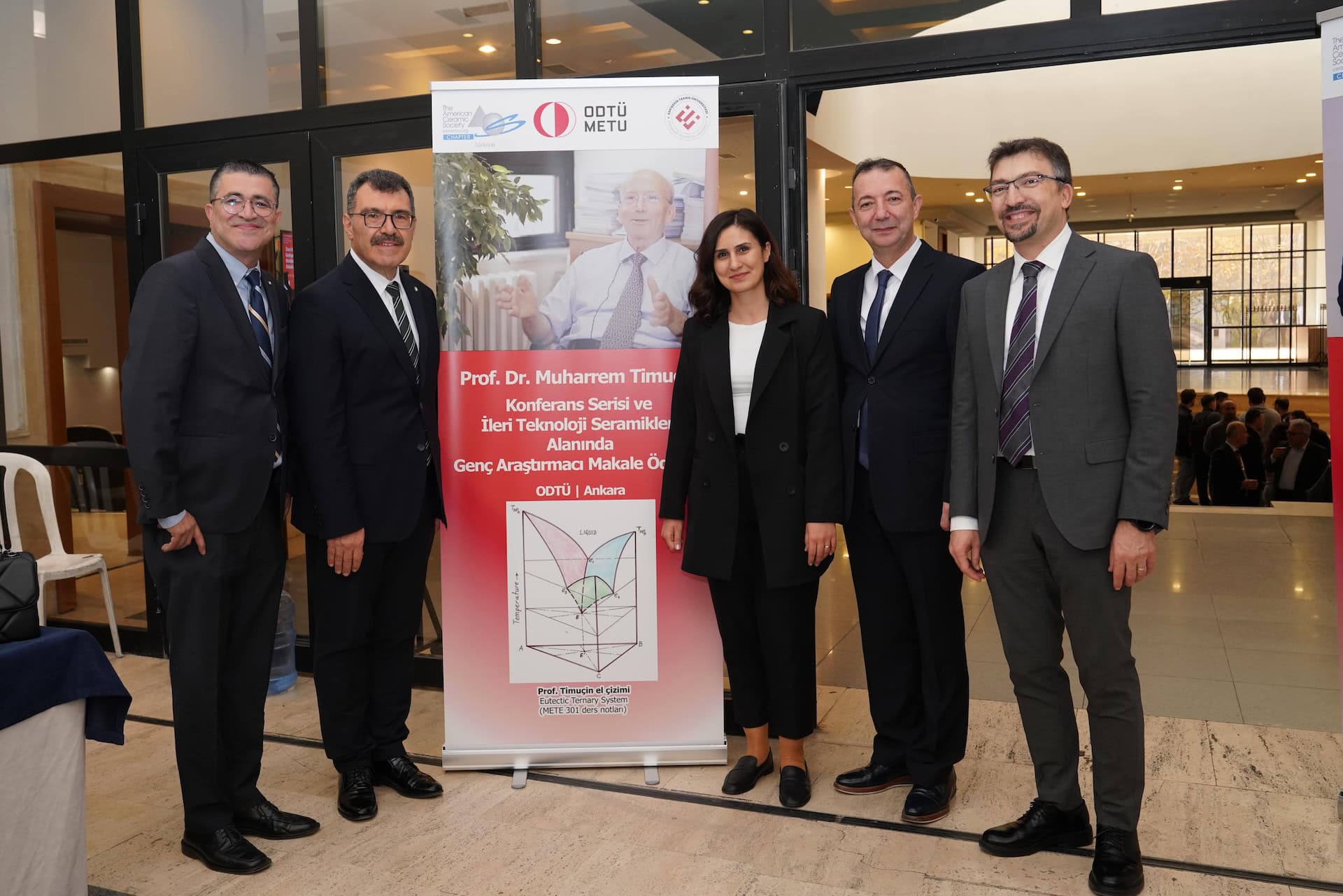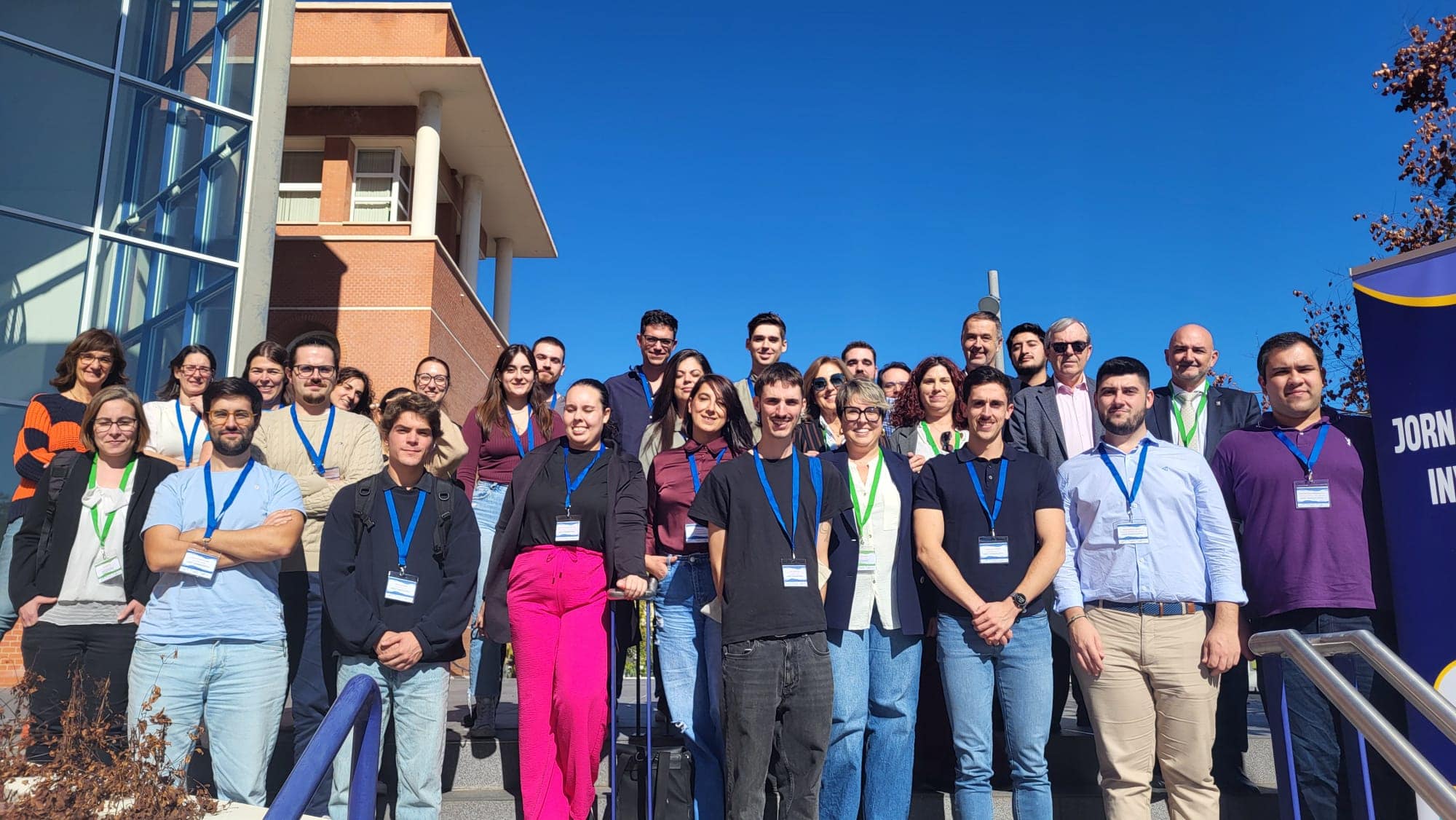More than 250 people are here at the 2013 Electronic Materials and Applications currently underway in Orlando, Fla. It still feels like a small, intimate meeting even though organizers expanded the scope of the meeting with several new symposia and a conscious reach into the broader electronics community, while staying true to the meeting’s mission.
For example, I sat in on “LEDs and Photovoltaics Beyond the Light: Common Challenges and Opportunities.” Bryan Huey, lead coorganizer from the Basic Science Division, said the symposium was organized to provide an opportunity for the LED and PV materials communities to hear from each other. “It seems natural that they would talk to each other, but they really don’t very much. Adam Scotch and Erik Spoerke saw the need and organized the symposium to get that conversation started,” says Huey.
As materials scientists, our focus is on the materials science and engineering, and the LED symposium was a good reminder that, eventually, devices end up in systems. A talk by Robert Karlicek (Rensselaer Polytechnic Institute) on “Possibilities for smart lighting and smart solar integration,” was a good example. He noted that the cost of LED devices is now quite low, and the cost challenges are in other parts of the system, like heat sinks, secondary optics, drivers, etc. Also interesting, he pointed out that sometimes barriers to implementation sometimes have more to do with aesthetics than engineering. He showed a few examples of solar panel configurations that are prettier and less utilitarian than the usual rectangular solar PV array.
The student contingent at this meeting is as impressive as it was last year. The student research symposium featured three undergraduates who presented their research work. Of course, many graduate students are updating on their work, and last night’s poster session provided another venue for students to talk about their work.
Probably the most popular symposium was an “after hours” session titled, “Failure: The Greatest Teacher.” The brainchild of Geoff Brennecka, the symposium was held last night after the poster session and featured only two speakers—Erik Spoerke and Clive Randall—but attracted almost 80 attendees! The speakers gave lively, engaging talks about that taboo subject—flat-out failure—how it happened, what they learned from it, and why it proved to be a good thing in the end. Look for a similar and larger symposium next year!
Finally, the plenary speakers this year have been outstanding. Ramamoorthy Ramesh from the University of California, Berkeley, is getting his research science legs back after a nearly two-year stint as the founding director of the DOE SunShot Initiative, where he coordinated the nation’s solar R&D activities. His talk, “Electric field control of magnetism,” covered the very complex relationship between magnetism and electricity. Ramesh says, “Magnetism and electricity are kind of like your twin kids going off in opposite directions. To make them ‘see’ each other is, itself, a very difficult task.” He brought the complexity of the quantum mechanics to life by describing the spin orbital coupling interactions (which are important for topological insulators) as a “purely Bollywood movie with a lot of crying, a lot of dancing around going around.” Despite the complexity, the applications are there for very sophisticated devices, such as spintronics, spin valves, logic devices, topological insulators, and other magneto-electronic devices.
This morning Rainer Waser from Germany’s Institute of Solid State Research at the HGF Research Center provided a look into the future of devices in his talk on nano-memresistor switches. His talk also revealed the complexity of these materials that Ramesh described, but his micrographs showed the promise of devices to come.

Ramamoorthy Ramash delivering Wednesday’s plenary address on the “twin kids” of magnetism and electricity. Credit: ACerS.

Chitchat about this-and-that. Left to right: Jon Ihlefeld, Ed Gorzkowski, and Natthaphon Raengthon. Credit: ACerS.

Lindsey Denis, a chemical engineering undergraduate at the University of Florida, Gainesville, presenting her research work. Credit: ACerS.

Antonya Sanders from the Center for Integrated Nanotechnologies (a Sandia and Los Alamos National Laboratories collaboration) promoted the center’s activities. CINT is an EMA sponsor. Credit: ACerS.
And, for our winter-shrouded readers, here is a little gift of things to come for you.
Author
Eileen De Guire
Spotlight Categories
- Meeting Highlights
Divisions
- Basic Science
- Electronics





